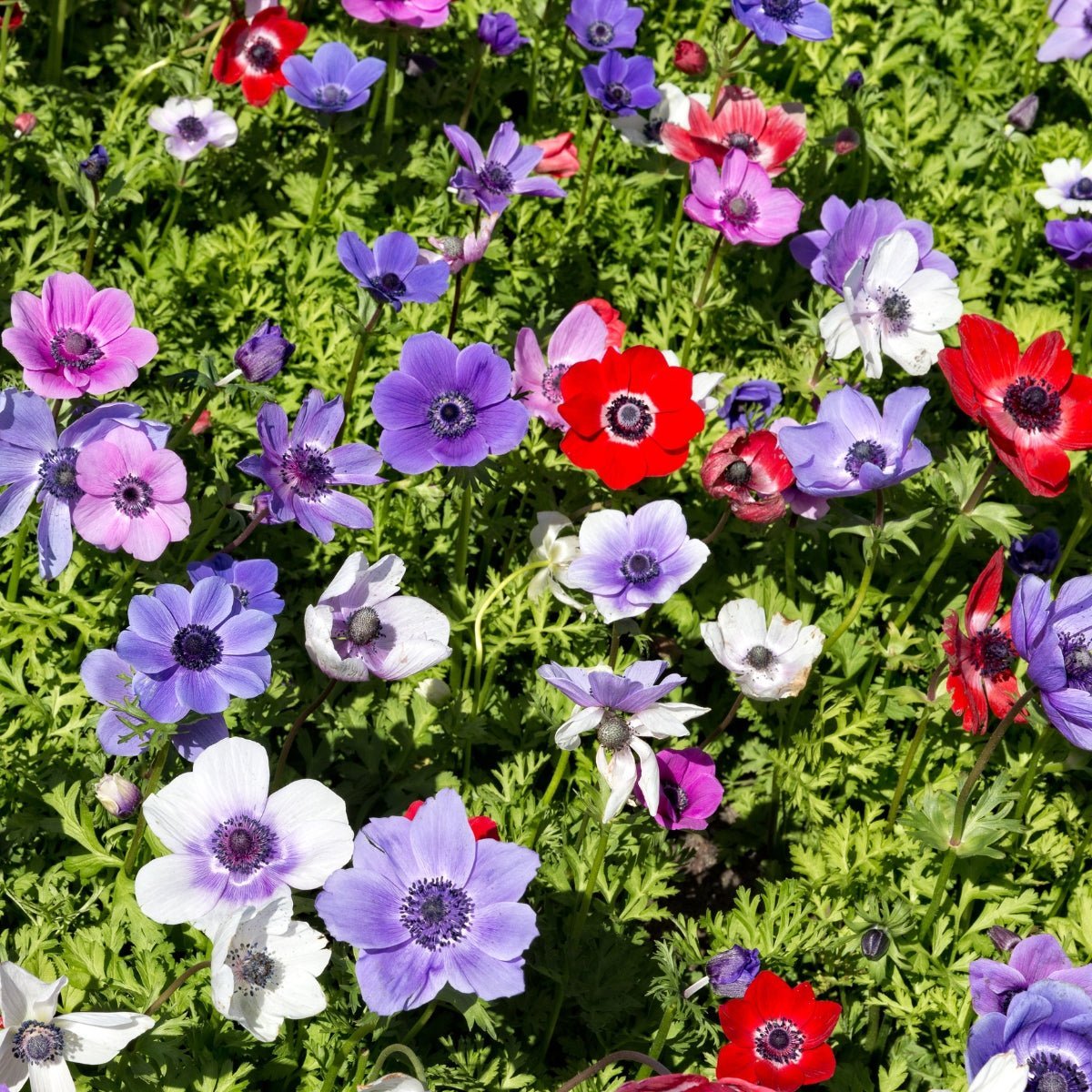Hey there, garden enthusiasts! Today, we're diving into the fragrant world of lavender – a beloved herb known for its soothing scent, stunning purple blooms, and versatility in both the garden and home. Growing lavender can seem intimidating at first, but fear not! This guide is designed to demystify lavender care, making it accessible for beginners and seasoned gardeners alike. So, roll up your sleeves, and let's start our journey to cultivating lush, aromatic lavender that will make your garden the envy of the neighborhood.
Sunlight and Location: Lavender's Love Affair with the Light
Lavender is a sun-loving plant, requiring at least six to eight hours of direct sunlight daily. Choosing a spot that gets ample sunlight is crucial for its growth, flowering, and oil production. Lavender thrives in warm, well-drained locations, making it an excellent choice for rock gardens, borders, or as a standalone feature in a sunny spot.
Soil Conditions: The Key to Healthy Lavender
The right soil conditions are vital for lavender's success. Lavender prefers well-drained, sandy, or gravelly soil with a neutral to slightly alkaline pH. Heavy, clay-rich soils can be problematic, leading to waterlogging and root rot. If you're working with dense soil, consider amending it with sand or gravel, or opt for raised beds or containers to ensure proper drainage.
Watering Wisdom: Less is Often More
When it comes to watering lavender, the golden rule is moderation. Overwatering is a common mistake that can harm your plants. Lavender's drought-tolerant nature means it prefers the soil to dry out between watering sessions. In the growing season, watering once a week or less, depending on weather conditions, is usually sufficient. Reduce watering frequency in the winter to prevent root rot.
Pruning and Maintenance: Keeping Lavender Happy
Pruning is essential to maintaining a compact, healthy lavender plant. In early spring, lightly prune to shape the plant and remove any dead or weak stems. After the first flowering, a more substantial prune encourages a second bloom and helps prevent the plant from becoming woody. Always leave a few inches of green growth on the plant to promote healthy regrowth.
Harvesting Lavender: Timing is Everything
The best time to harvest lavender for its aromatic oils is just as the buds begin to open. This is typically in the morning after the dew has evaporated but before the sun is at its peak. Cut the stems above the woody portion, and bundle them for drying in a cool, dark place. Dried lavender can be used for everything from culinary recipes to homemade sachets and bath products.
Common Challenges: Navigating Lavender's Few Demands
While lavender is relatively low-maintenance, it's not without its challenges. Root rot from overwatering, fungal diseases in humid conditions, and frost damage in colder climates can affect plants. Ensuring proper soil drainage, adequate air circulation, and winter protection in cooler zones can mitigate these issues.
Conclusion: The Joy of Growing Lavender
Growing lavender offers a multitude of rewards – from its aromatic presence in the garden to its practical uses in the home. By following the simple care tips outlined in this guide, you'll be well on your way to enjoying the beautiful blooms and soothing scent of lavender. Remember, gardening is a journey of learning and discovery, so embrace the process and enjoy the fragrant fruits of your labor.
Happy gardening, and may your lavender fields (or pots) flourish!





